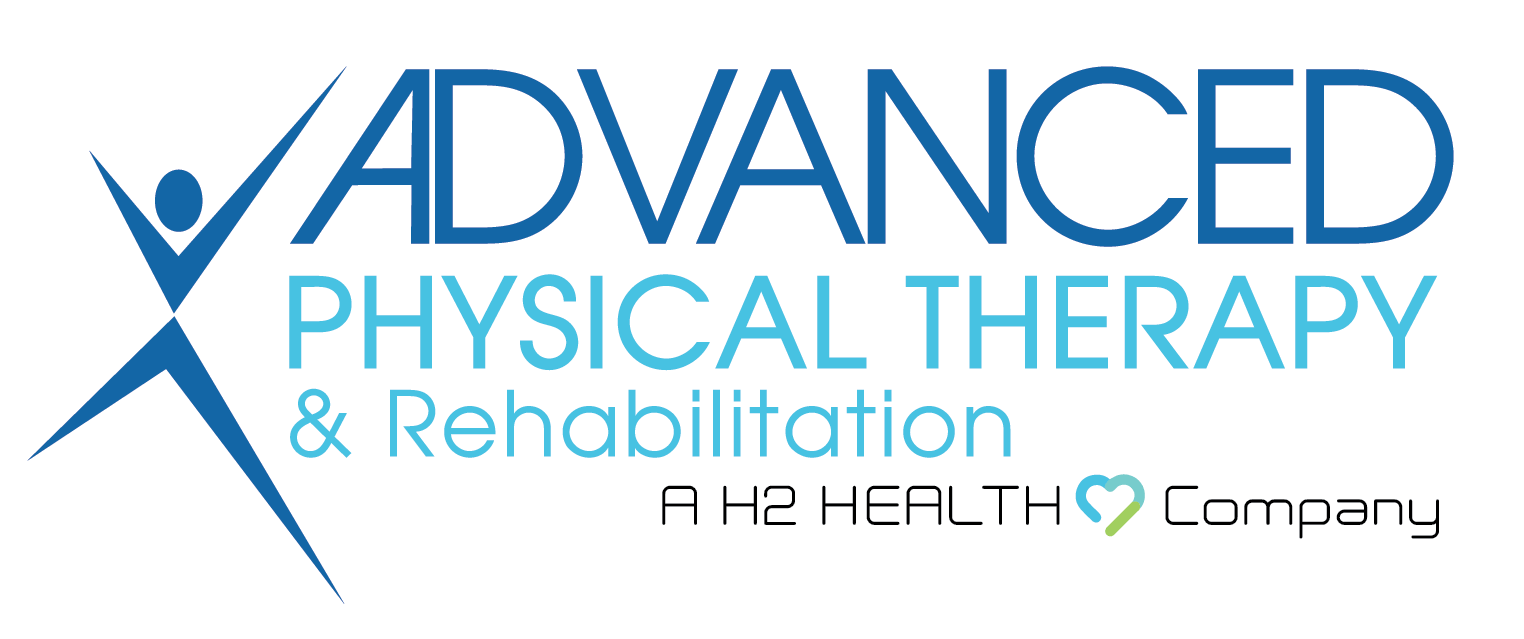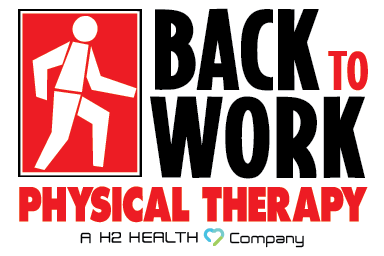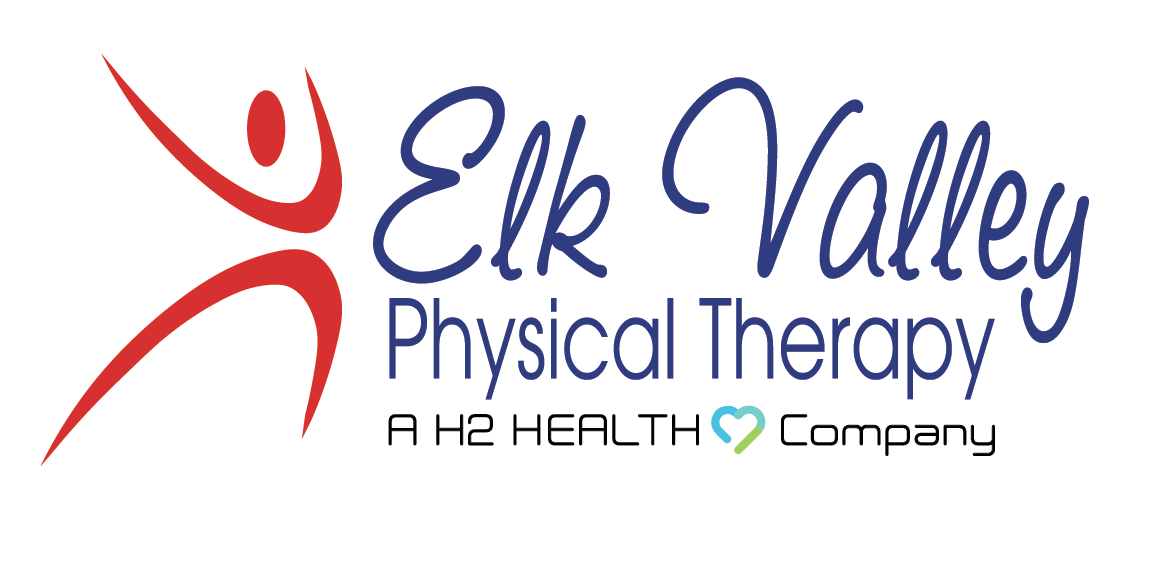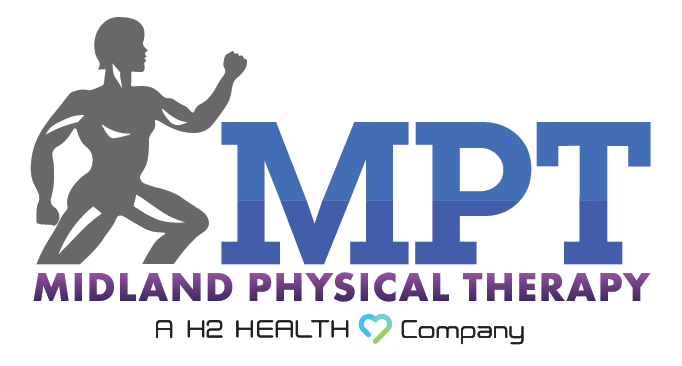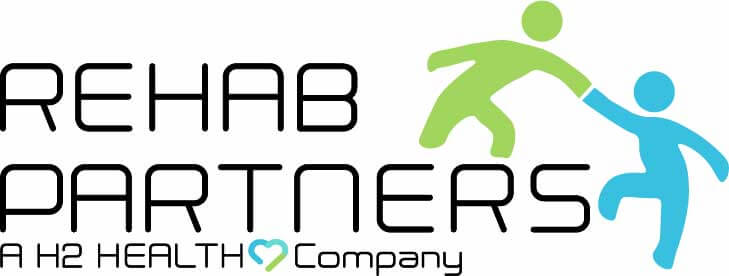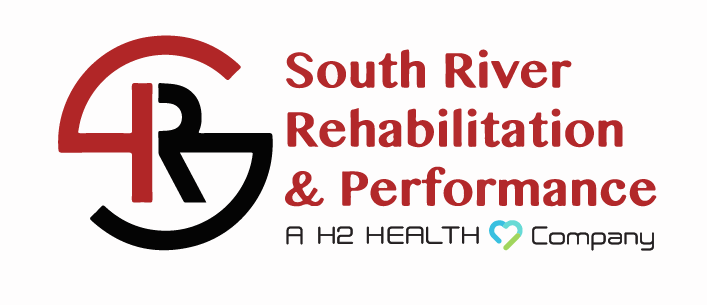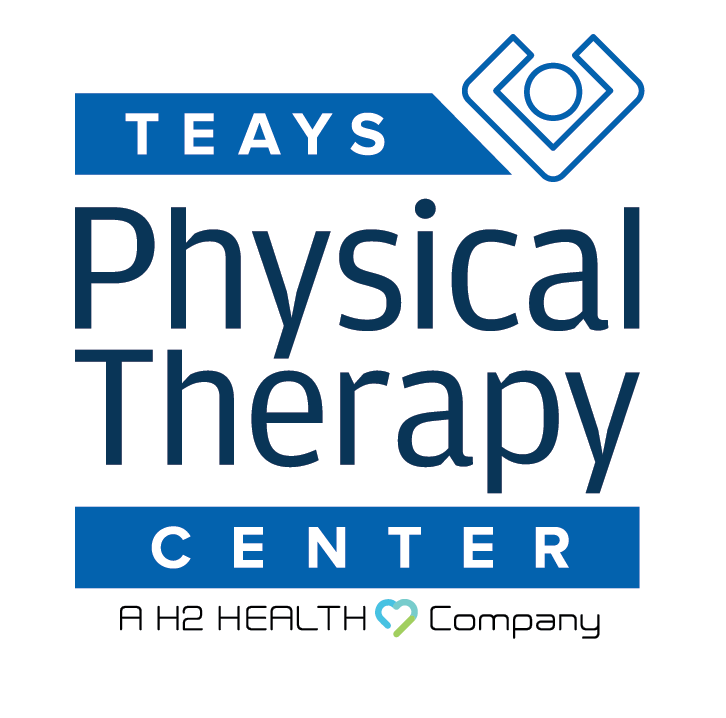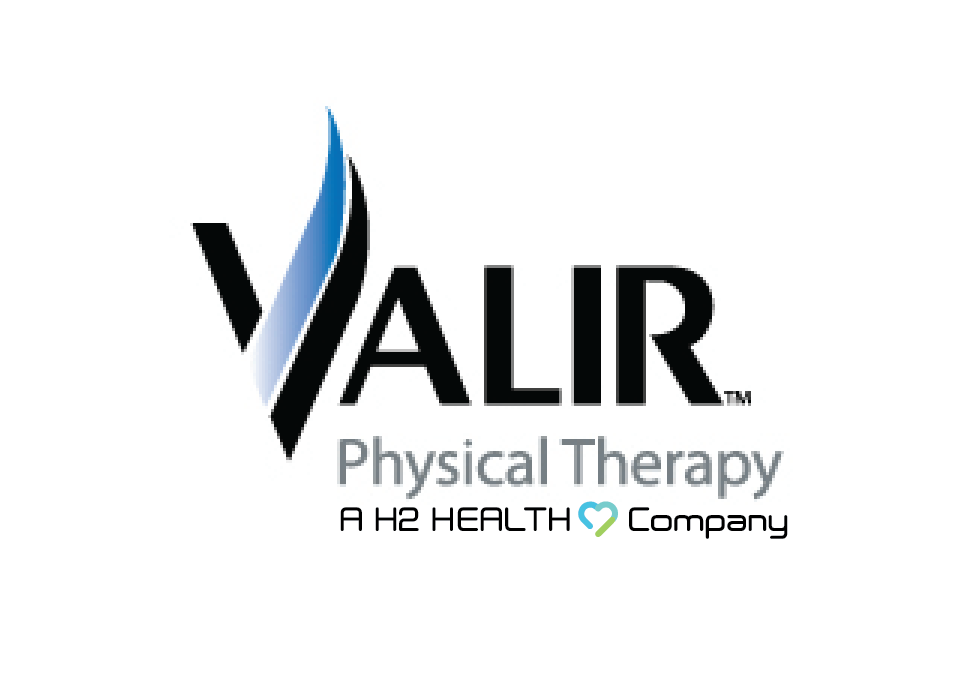
A hip replacement surgery marks the beginning of a new chapter in your life, one that promises mobility and freedom from debilitating pain. But the journey toward complete recovery requires patience, perseverance, and a proper exercise regimen. This guide aims to provide you with a comprehensive overview of safe and effective exercises to do post-hip replacement surgery. These activities can help you regain strength and return to your daily activities.
Understanding Hip Replacement Surgery
Hip replacement surgery involves replacing a worn-out or damaged hip joint with an artificial one. It’s a common procedure often recommended when all other treatment options have been exhausted.
Post-surgery, it’s crucial to follow a well-structured exercise program to enhance healing and improve functionality.
The Importance of Exercise After Hip Replacement
Exercises are beneficial in speeding up recovery, improving muscle strength, enhancing joint flexibility, and increasing overall mobility. They also play a crucial role in preventing blood clots and reducing inflammation.
Safe Exercises After Hip Replacement Surgery
Let’s go through some safe exercises you can try after your hip replacement surgery.
Ankle Pumps
Ankle pumps help improve blood circulation, reducing the risk of blood clots. They can be performed multiple times a day while lying down or sitting.
Leg Slides
Leg slides are excellent for regaining hip motion. They involve slowly sliding your foot up and down the bed or floor while keeping your leg straight.
Glute Sets
Glute sets strengthen the buttock muscles, supporting your hip and improving stability. These exercises involve squeezing and holding the buttock muscles.
Seated Marching
Seated marching helps improve balance and hip flexibility. While sitting upright in a chair, march your legs up and down one at a time.
Precautions During Exercise
While exercise is essential post-surgery, it’s equally important to listen to your body and avoid pushing beyond a certain level. Always warm up before starting any exercise and cool down afterward. Follow your doctor’s advice on which exercises to perform and which ones to avoid.
How Physical Therapy Can Help You Post-Op
Physical therapy is a critical component of recovery after hip replacement surgery. Its benefits extend far beyond just helping you regain mobility and strength.Physical therapy increases blood flow to the surgical area, promoting healing. Blood carries oxygen and essential nutrients that aid in the recovery process.In addition, surgery can cause mobility limitations in the affected area. Physical therapy aids in improving mobility, balance, and strength, allowing you to return to your daily activities quicker.
A well-structured physical therapy regimen can accelerate your recovery, as well. Specific exercises tailored to your needs help control and minimize pain, enhancing your comfort during the recovery period. Lastly, physical therapy plays a role in minimizing scar tissue formation.
Restoring strength and range of motion through targeted exercises speeds up recovery and maximizes the return to full function.
What to Expect During Physical Therapy
Embarking on a physical therapy journey post-hip replacement surgery can be a new experience for many. Understanding what to expect during these sessions can help alleviate any anxiety and prepare you better for the process.
Initial Evaluation
Your first visit will typically involve an initial evaluation. Your physical therapist will assess your current mobility, strength, balance, and overall functional ability. They will also review your medical history and discuss your goals for therapy.
Personalized Treatment Plan
Based on the initial assessment, your physical therapist will develop a personalized treatment plan tailored to your specific needs and recovery goals. This plan will include a series of exercises designed to improve strength, flexibility, and balance.
Regular Exercise Sessions
Physical therapy sessions often involve performing a series of exercises under the guidance of your therapist. These exercises aim to:
- Improve joint mobility
- Strengthen muscles
- Enhance balance and coordination
Progress Tracking
Your physical therapist will regularly monitor your progress through evaluations and adjust your treatment plan as necessary. This ensures that you are constantly moving towards your recovery goals.
Pain Management
Pain management is a crucial aspect of physical therapy. To help manage pain and inflammation, your therapist may use techniques such as:
- Heat and cold therapy
- Massage
- Electrical stimulation
- Ultrasound
Patient Education
Education is a critical component of physical therapy. Your therapist will provide you with information about your condition, recovery process, and ways to prevent future injuries. They will also teach you exercises that you can do at home to speed up recovery.
When to Visit Your Physical Therapist
The timing of your visit to a physical therapist post-surgery is crucial. The vast majority of surgeons recommend starting a physical therapy regimen soon after hip replacement surgery. A physical therapist often begins the therapy process with surgery patients within 24 hours of surgery. This information may vary depending on your specific needs and your orthopedic doctor’s protocols for hip rehabilitation.
Multiple studies have found that patients who start moving right after surgery have faster recovery times than those who rest and recover before rehabilitation.However, it’s important to remember that every person’s recovery journey is unique. You should consult your orthopedic doctor to see the best time to begin physical therapy post-surgery.
Exercises for After Hip Replacement in the Greater Jacksonville Area
Healing after hip replacement surgery is a process that requires time, patience, and commitment. Incorporating safe and effective exercises into your daily routine can significantly improve your recovery journey, leading to enhanced mobility and a better quality of life. However, always consult with your healthcare provider or physical therapist before starting any new exercise regimen.
You can rely on H2 Health for hip replacement surgery rehabilitation. Our trusted physical therapists will make sure you go through activities safely. Call us today at (800) 699-9395, so we can assist you. You can also use our online appointment request form to book a visit to one of our over 180 facilities in the US.




